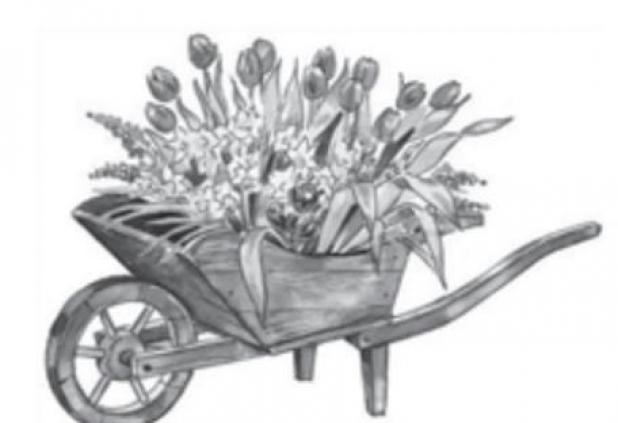
CUCUMBERS
Cucumbers (Cucumis sativus) are grown in home gardens in all regions of Minnesota. They are typically eaten raw in salads or pickled. Like other “vine crops” such as squash, melons, and pumpkins, cucumbers grow most vigorously and produce the most fruit in warm weather. Long taproots and branching surface roots enable cucumber plants to access soil moisture even in dry weather, however vine crops are heavy water feeders and soil moisture should be constantly monitored. Some varieties form long vines that may ramble or be trellised; others are bush types that fit more easily into a small garden. Cucumber plants bear separate male and female flowers on the same plant (monoecious), and pollen must be transferred from the male flowers to the female flowers by an insect. Male flowers usually appear first, each attached to the plant by a slender pedicel, or stem. Female flowers are attached close to the main vine, and between the flower and the vine is a small round ovary, the unfertilized fruit. Cucumber flowers are typically pollinated by bees.
Some newer varieties of cucumber are parthenocarpic, meaning that the plants will set fruit that develops normally, even if the female flowers are not pollinated. These fruits will be seedless or nearly so. Other varieties are “all female” or gynoecious, meaning that they bear only female flowers, each of which can produce a fruit. These varieties have high potential yield. All female varieties must be grown with another cucumber variety having traditional flowering habit to provide pollen.
Planting
Cucumber seeds will not germinate in cold soil, nor will plants started indoors and set out into cold soil grow very well. Further, the taproot of cucumbers and other vine crops must not be damaged in transplanting, so plants started indoors must be transplanted carefully, before the plant begins to outgrow its container. Since the plants cannot survive freezing temperatures, plan to set the plants out after the last frost date. Start seeds indoors no more than four weeks before the last frost date, and start the seeds in peat pots that can be planted directly into the soil.
To read more please log in or subscribe to the digital edition https://www.etypeservices.com/Middle%20River%20HonkerID269/
